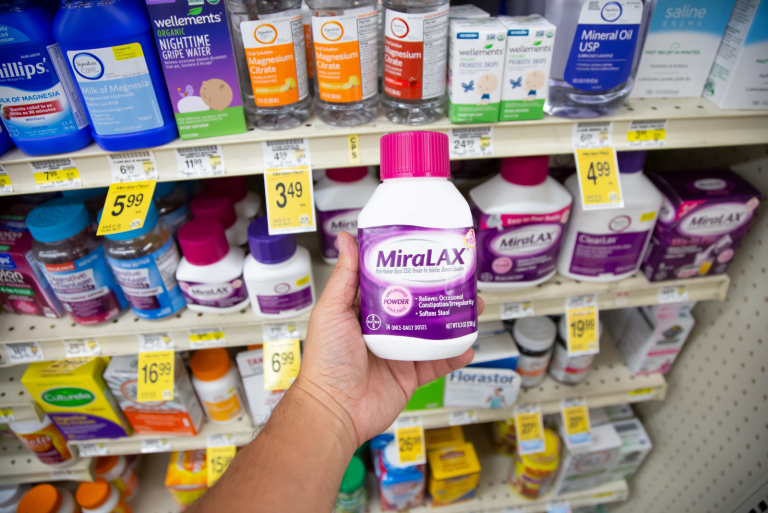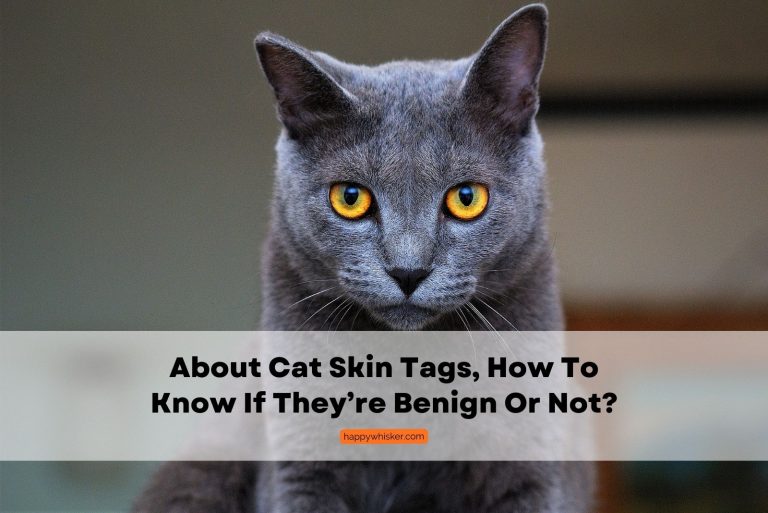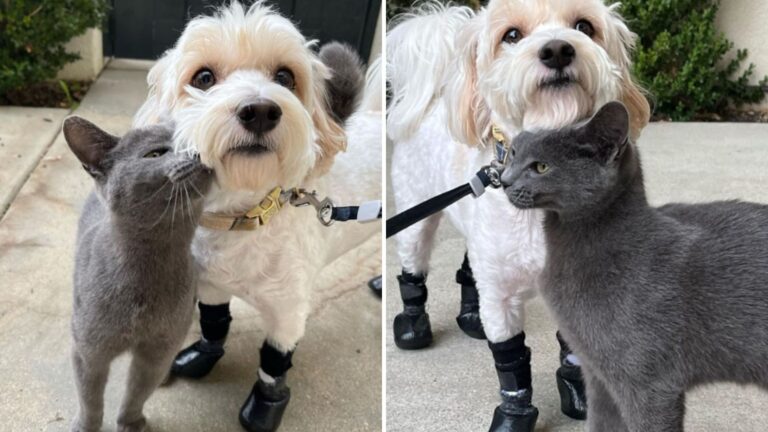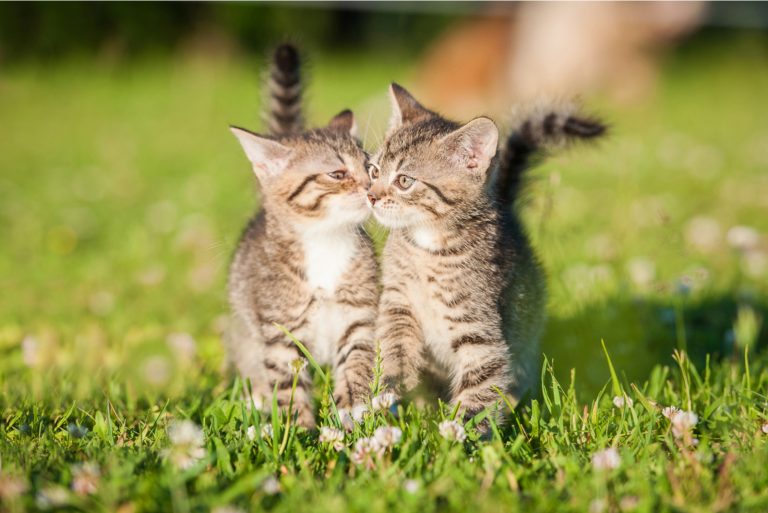What To Expect After Cat Has An Enema? At Home Care
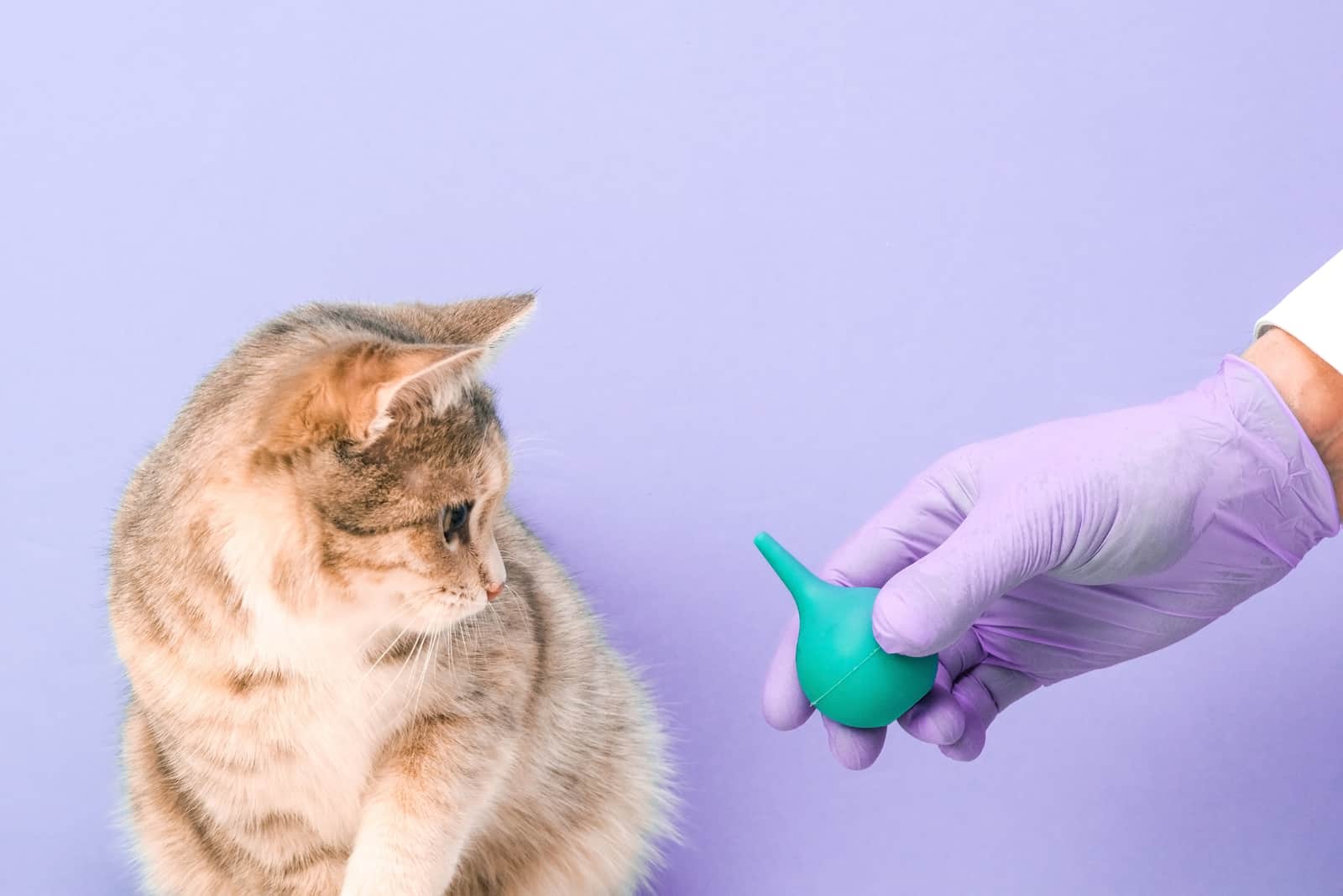
An enema is a medical procedure in which a cat is given an injection of fluid through the rectum in order to stimulate the bowel to produce bowel movements i.e. soften the stool and get it to come out.
Basically, the vet will inject fluid into your cat’s bottom to help them poop.
The aim of this procedure is to help a constipated cat relieve themselves of the blockage so they can be happy and healthy again.
Pet owners always want the best healthcare for their pets, so they will be wondering what to expect after cat has an enema.
Just continue reading to find out how to care for your cat after they have an enema.
What To Expect After Cat Has An Enema?
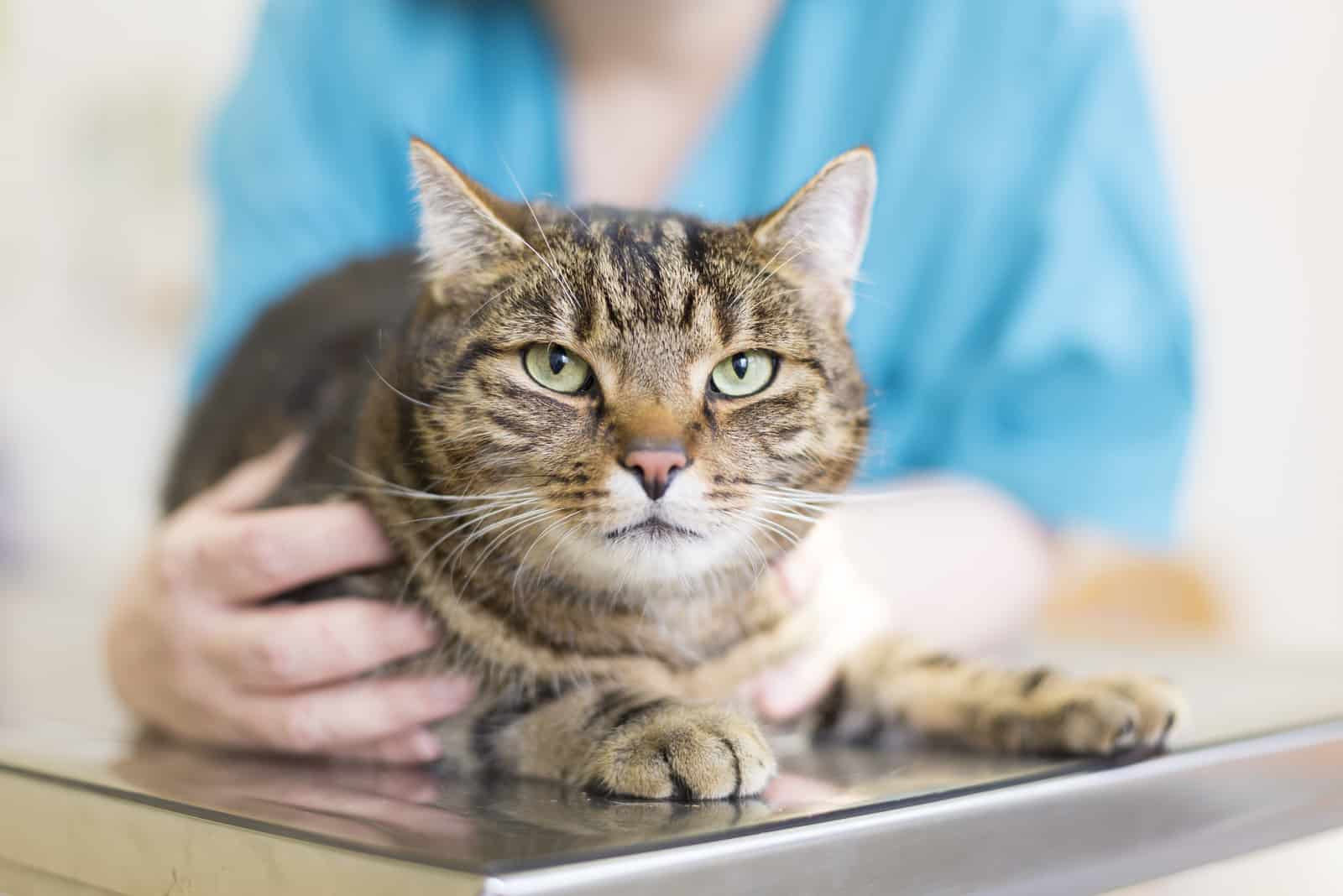
What to expect after cat has an enema? Well, each cat is different and will react in a different way.
You should pay close attention to your cat, their behavior, and their bowel movements. The easiest way to do this is to monitor the litter box.
This is after all, a rectal examination and procedure, and every cat will have a certain amount of shock but they will each show it differently.
The fluid that the vet will inject your cat with may cause some side effects. Let’s have a look at the different side effects. In the text below, you will find an explanation of the most common issues that may arise.
Most Common Side Effects After An Enema
The most common side effects you can expect after cat has an enema are soft (watery) stools, diarrhea, vomiting, or unusual behavior.
– Soft watery stool
This is actually the result every cat owner hopes for after their cat has an enema because it means the blockage is clearing.
You need to pay attention to their pooping during the first few days as it is important that your cat starts to poop naturally.
You should also plan their food carefully for the first few days after an enema, since this also affects their poop.
Your cat’s digestive tract can’t process too many carbohydrates or fats, and if they eat food that is not recommended at this time, it can easily lead to diarrhea, further constipation or weight gain.
For cats, obesity is a serious condition. They can also experience slow digestion, known as gastrointestinal motility disorder.
– Diarrhea
This is the symptom no cat owner ever wants to see, even after giving the cat an enema. This is not a common occurrence, but sometimes it does happen.
Diarrhea can be very dangerous, and it can hurt the cat badly if it is not stopped within a short period of time.
You should watch out that this doesn’t happen after an enema, since the cat can easily become dehydrated after the procedure and diarrhea can dehydrate them even more.
You need to inspect your cat’s stool and if diarrhea occurs do not hesitate to go to the vet.
If you do not solve the diarrhea issue, bigger problems might occur, such as kidney diseases or heart problems. Provide your cat with plenty of water to drink to avoid dehydration.
– Vomit
When you give your cat an enema, it doesn’t only affect their rectum, it can also affect the rest of the digestive system.
Cats do not necessarily vomit because of the procedure itself, but they can vomit because of the fluids that are inserted into their bowels.
Cats are not active when receiving the injection with subcutaneous fluids or lubrication oil, so they cannot process it while it is happening.
This means it is not uncommon for your cat to vomit afterwards.
You should pay attention to make sure that vomiting stops and if it doesn’t, be sure to go to the vet for advice.
– Stressed Cat
Your cat might be stressed and behaving unusually after an enema. In most cases, a cat is lightly sedated so they are passive during the procedure and can’t react to what’s happening.
Afterwards, they need to process all that’s happened.
In the first few hours, you can expect them to be a bit stressed. Every cat will react in a different way, but in any case you should stay close to them to reassure them and keep them close to the litter box.
How long will it take for a cat to poop after an enema?
You can expect your cat to poop out everything within 15 to 30 minutes after being given an enema. An enema is a great solution since it works quickly and stops constipation from becoming more dangerous.
Your cat will most likely poop naturally by themselves within 5 to 10 hours after an enema.
Does it hurt to poop after an enema?
Pooping after an enema does not hurt your cat. I know what you must think, a syringe was up their behind, but it is a safe procedure and laxatives and warm water help a lot to prevent any pain from occurring.
How long does it take to recover from an enema?
An enema is a delicate procedure, but it helps your cat a lot and it is commonly performed. Your cat will be back to their normal habits in about 24 hours.
Why Do We Give Our Cats Enemas?
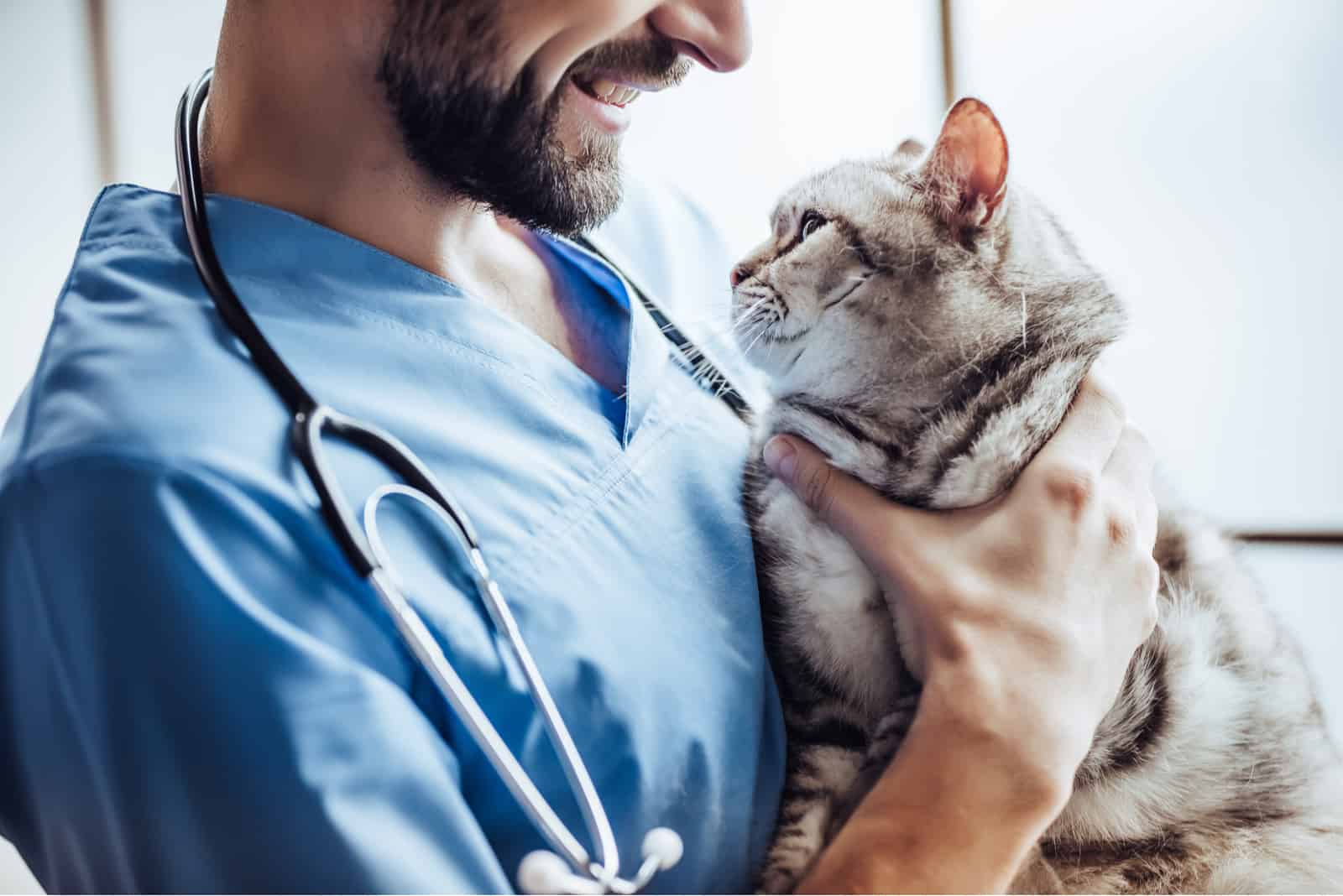
We give our cats enemas to help them empty their bowels. Your cat might have a build up of hard feces inside and then have a hard time passing it.
This can lead to a blockage, and constipation, but be sure to jump in and seek help before it goes any further (severe constipation can lead to megacolon).
The main reason your cat might need an enema is constipation.
Constipation can get serious and be extremely dangerous for your cat’s health.
Many pet owners are not aware of how serious it can be when their cat doesn’t poop for more than 36 hours. Cats can hold their feces in for 24 to 48 hours, but that is the maximum. If your cat doesn’t poop after 36 hours, this can lead to severe problems, like megacolon or more severe blockage.
Constipation
Your cat can get constipated for a number of reasons.
The most common causes of constipation are inadequate water intake, medical problems, side effects of medications (such as miralax), poor diet, slow GI motility, pain in the genital area, and even a stray hairball that has become stuck in the colon.
The longer your cat doesn’t poop, the harder it becomes for the blocked poo to come out.
If constipation is not dealt with in time, it will lead to obstipation and this can cause severe damage to your cat’s colon. If left untreated, this could end up with your cat needing a colectomy, or worse.
Megacolon And Why Does It Happen
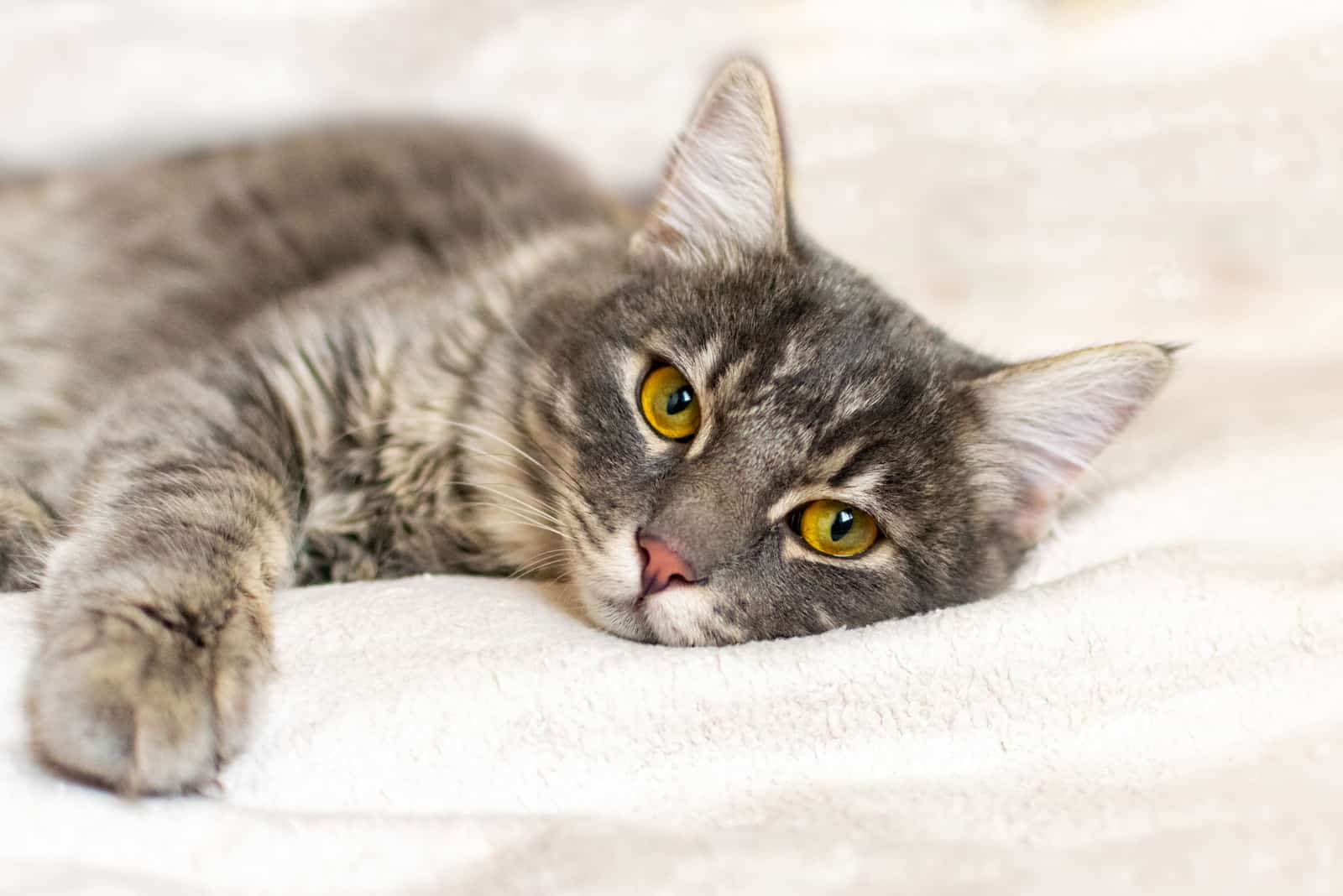
Your cat not emptying their colon can lead to a megacolon. This is a state where the nerves and muscles of the colon are not functioning properly and the colon expands.
In this case, the colon holds much more poop than usual, and cats cannot process stool the way they should.
Your veterinarian will easily detect this condition through a physical examination. A large colon can be felt by touch, and your vet will be able to feel the hard feces.
The cat will probably also make it clear that they are in pain.
Most Common Reasons For Megacolon
Most common reasons why megacolon occurs are:
– side effects of tumors
– an injury in the spinal area
– hairballs in the colon
– prolonged blockage
– severe constipation
Q and A
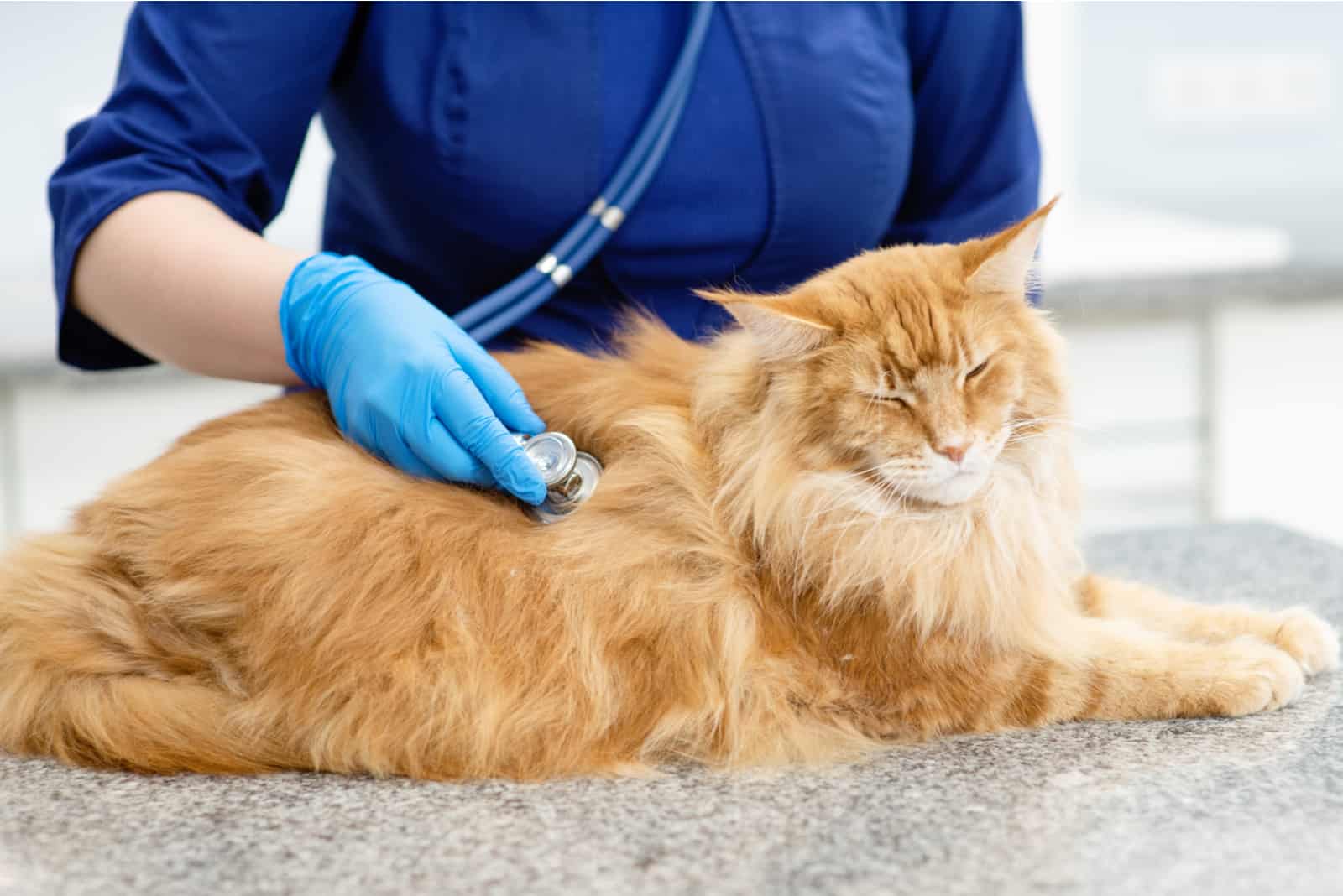
Does an enema hurt the cat?
It is not the most joyful feeling, but an enema does not hurt your cat if it is done safely and correctly.
Your cat might feel upset and stressed afterwards, because it is an unsettling experience. However, it should not hurt them physically.
Your cat will be healthy and happy once again after an enema has been carried out.
How to perform an enema on your cat?
It is much safer to take your cat to the vet, especially if you haven’t done an enema before. For the first time, you should go to the vet and have him perform the enema and show you how it is done, in case you need to repeat it in the future.
If you have experience and are confident that you know what you are doing, you can go ahead. With the right tools, patience, and safety considerations, you can administer an enema effectively.
You do need to take care as this is a sensitive procedure. Be careful what supplements or chemicals the injection contains (watch out for sodium phosphate, as it can cause serious health issues).
You can use kitty-safe lubricants, or medicinal vaseline to spread around the syringe.
A safe enema is one that contains lots of natural watery substances, since your cat gets dehydrated and moisture helps soften the stool. Warm water doesn’t hurt anyone, it can only help.
Mineral oil is also a good choice, however, if your cat has kidney problems you should avoid it.
Fleet enema is prohibited, any enema with sodium phosphate is not advised, because it can cause severe issues and damage your cat with the development of tumors or even lead to death.
What you need to know about veterinary enema procedure
You should always go to the vet if your cat has more serious health issues. If you suspect your cat is suffering from a more serious case of constipation, it is better that a vet performs the enema.
When a veterinarian performs an enema, they always know what’s best and safest. Primarily they diagnose your cat, usually through physical examination and radiographs.
They can tell you if your cat will need x-rays or sedation. Usually a mild sedation is used for radiographs.
Your vet will usually prescribe fluid therapy, lactuloses, dietary changes (from dry food to wet food), and other medications to help your cat before and after an enema.
Sometimes, your cat will require several procedures to get the desired result. The solution is, however, at most times determined based on how bad the constipation is.
Your vet will always explain everything to you before they do anything.
How often do cats need enemas?
Your cat needs an enema when you notice that there is a problem with their digestion and get advice from a vet. If your cat hasn’t pooped for more than 48 hours then you should call a vet.
There is no set rule on how often; your cat needs it when they have an issue (like constipation or the other issues discussed in this article).
While the procedure is being done, your cat will be given injections every 2 hours, while being hydrated at the same time.
Keep in mind that this will only be the case if the first injection of the enema does not solve the problem completely.
Does my cat need to be sedated for an enema?
No, not usually. Cats are sedated when they have a more severe case of constipation, or another severe health issue, that requires the cat to be sedated for an enema.
Usually cats are given some pain killers that will help relax their muscles, and in simpler cases they do not require any medication at all.
Injections are lubricated and inserted slowly and safely, without hurting the cat in any way.
Conclusion
What to expect after cat has an enema? Well, cat owners can expect their cats to be a bit stressed since this is not an everyday thing for a cat to experience.
Also, vomiting, loose stool, or diarrhea may occur but this is not very likely.
An enema is generally very helpful; if it doesn’t solve the problem completely it is because there is probably another health issue.
An enema, in most cases, helps and solves your furry friend’s problems right away, leaving your cat once again happy, healthy, and ready to enjoy their favorite -healthy- treats.


